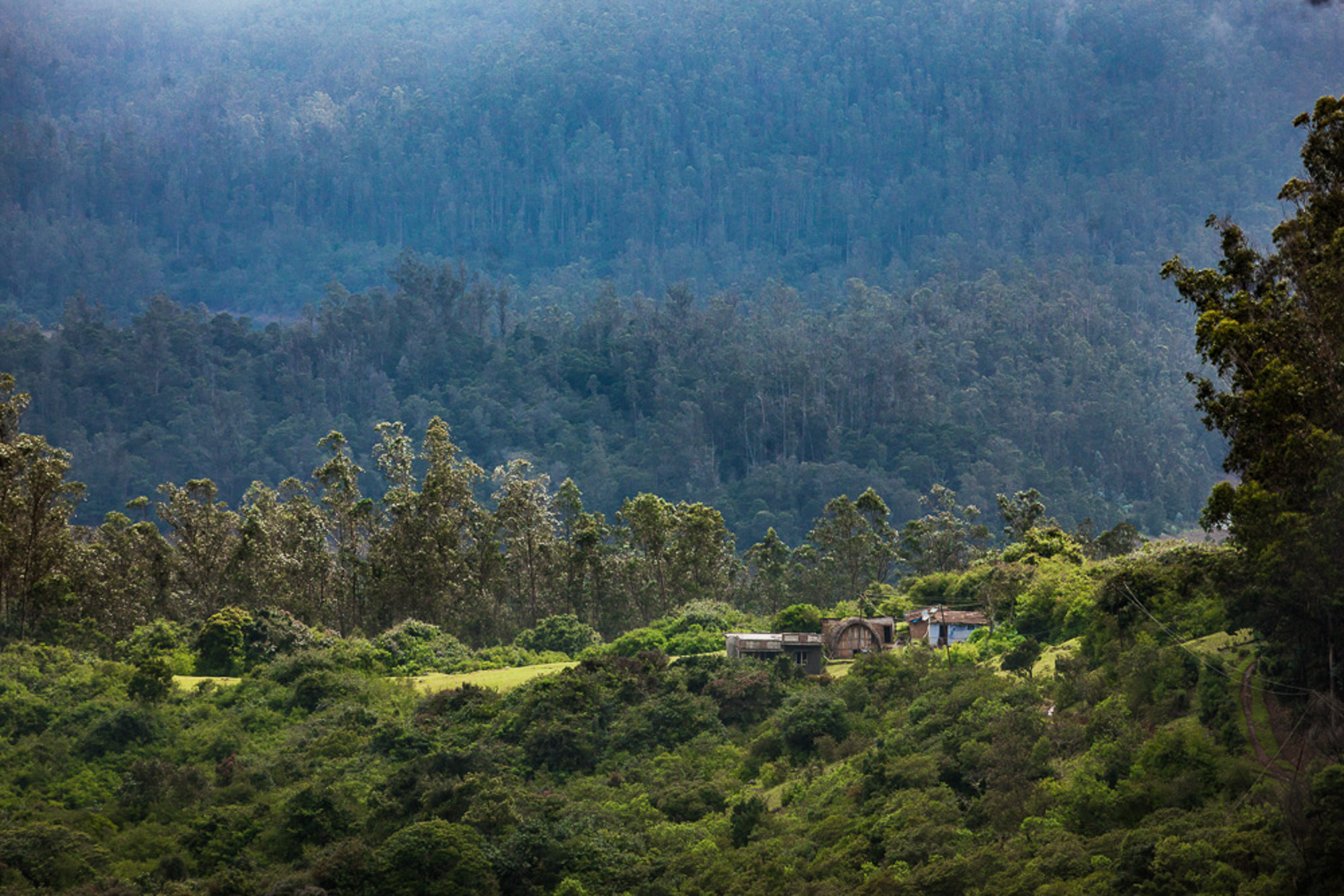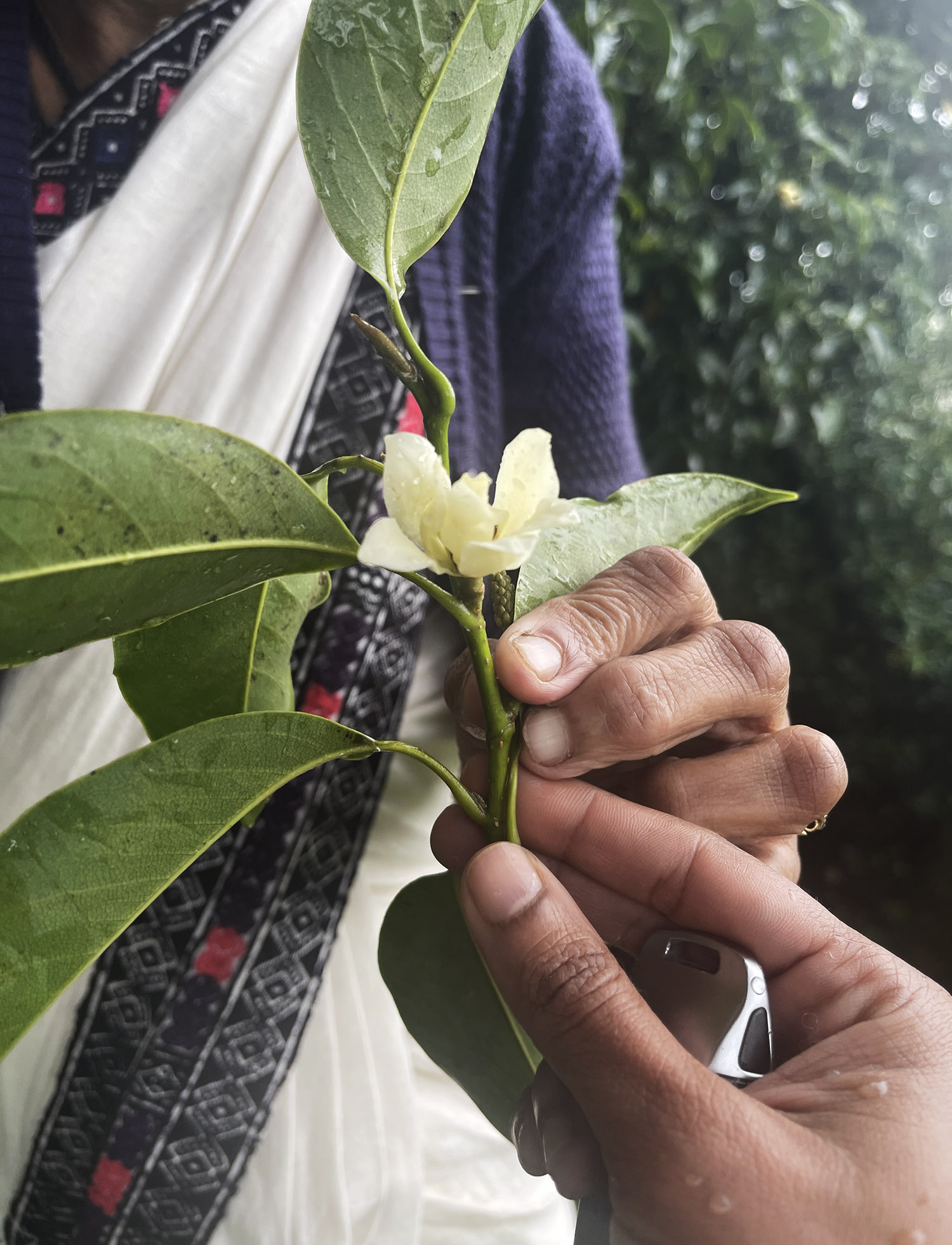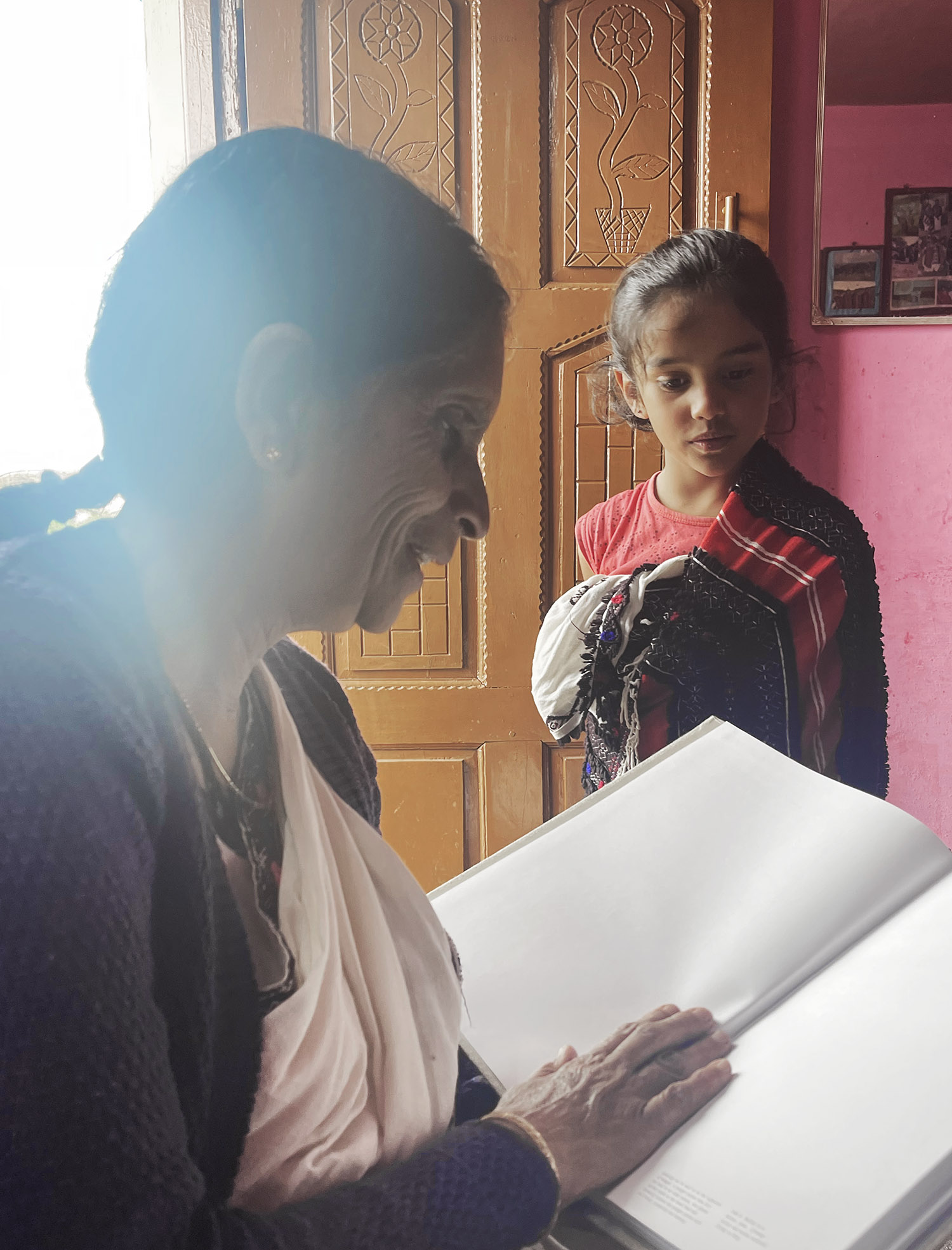The Sacred Monsoon

Indigenous Knowledge weather forecasting is intrinsic and well-established in many indigenous cultures and communities around the world. It is rooted in millennia of deep intuition, lived experience, and observations of natural phenomena: subtle signs and the behaviour of living organisms (insects, animals and plants), the direction of wind, and types of clouds. Indigenous elders and experts are able to forecast local weather conditions — onset of seasons, cessation, intensity, distribution of rainfall and aberrations in climactic patterns — through this system of forecasting.
The rain in the Avalanche area was especially furious but the drive to Vasamalli’s ancestral hamlet was beautiful in a fierce sort of way. That day, the South-West monsoon had appeared dramatically just as I crossed the Ketti area from milder Coonoor, where the lashing storms come later in the year. Vasamalli is a Toda elder and the only living scholar from the community.
Once I was in the house, fed and dry, Vasamalli began speaking with me on Toda Indigenous Knowledge as it relates to the monsoon.
She began by telling me about how the elders in her family predicted kwaar, the South-West monsoon, and its cessation. “See that flower?” She pointed me to the magnolia (nilagirica) tree which was visible from where I sat. “Mawsshh, as it is called in our language. Perhaps you know it as ‘sampangi’? Once it starts flowering we know that the South-West monsoon is about to end and at one time, this was a remarkably accurate indicator of the cessation of the South-West monsoon.”
“Similarly, kafell or the churning stick flower indicates the onset of the South-West monsoon. The profuse blooming of kwaar kol poof signals the mid or heavy monsoon. Kwaar means ‘foundation’ and kol is ‘stick’ in Toda,” she added.


She briefly explained the Toda seasons (which are similar to the Tamil calendar) and animatedly narrated a Toda legend which tells the story of how the South-West monsoon came to the Nilgiris. I was already familiar with this story and had in fact written about it in my book, Soul of the Nilgiris, based on Vasamalli’s own rendition (which I had access to during my research) and that of Dr.Tarun Chhabra’s. I enjoyed listening to her tell it again.
The legend, as it appears below is extracted from Soul of the Nilgiris, page 297:
Some thousand years ago, Kaarsh and Kawntaiahh, two divine beings of the Toda land, were walking together, fashioning fallen branches from a tree into little buffalo horns, when they saw a jamun tree heavy with fruit. After eating some fruit, Kawntaiahh spat out the seeds with a force that turned his breath into a fierce monsoon wind. The droplets of saliva in the breath turned into mist and finally fell to the earth as rain. Seeing the ferocity with which the wind blew all around, Kawntaiahh and Kaarsh agreed that they would need to create checkpoints to manage the phenomenon so it would not cause any destruction.
They decided that the first of the windy mists would swirl around the sacred peak where Kaarsh resided. These mists would then move to the sacred peak of Kawntaiahh and swirl in a similar manner before they could touch the whole of the Nilgiris. The peaks of Kaarsh-gol and Kawntaiahh (Nilgiri and Devabetta, respectively), located in the South-Western ranges of the Nilgiris, are two of the most sacred Toda deity peaks. To date, the Todas believe that the mists that rise and circulate around the Kaarsh or the Nilgiri peak herald the onset of the South-Western monsoons, and a week after they have billowed around the Kawntaiahh or the Devabetta peak, the actual rains begin. Three triangular projections can be seen extending from the facade of the Kawntaiahh hill; the Todas believe that these act as checkpoints that also store the wind, mists, and the rain. The swirling mists, they believe, stay with the sacred peaks until the very end of the monsoon.
A little while later, as the rain cleared, Vasamalli was able to point out to the very sacred deity hill attributed to Kawntaiahh, which was visible at a distance from her village.
Indigenous legends and folklore including the story of Kaarsh and Kawntaiahh are ways of passing on ecological wisdom. For a long time, Toda elders predicted the onset of the monsoon with stunning accuracy. In recent times, however, with drastic changes in climate and environmental degradation, the monsoons themselves have become unpredictable, diminishing the significance of such stories and the native science that connected the indigenous people deeply to their land.

“The nature of the rainfall itself is different.” Vasamalli said. “Earlier, kwaar (South-West monsoon) lasted a good three months with continuous showers. With kerr (North-East monsoons) came the more furious rains but it’s hard nowadays to decipher the difference between these two monsoons. In winters, we had plenty of frost but there’s not much of it these days. When we were kids, there was a time when we would mix up some jaggery with water in a container and leave it outside overnight to freeze and we’d wake up to a bowl of ‘ice cream’ in the morning! That’s how much frost we had. That’s how the winters were. Frost is essential for the health of the grounds.”
When was the last time she spotted kafell, I asked her.
“It’s been a long time. I really have to search and perhaps in a far flung place.” she said. “Too many invasive species have encroached the land, killing our native species, including kafell which were once abundant and a mainstay in our diet as we consumed their tubers. It’s too late already but we need to save our grasses, what’s left of all these species, of our Nilgiri nature.”
Despite the heavy rain, Vasamalli insisted we take a short walk to the dairy temple so she could show me a special sight: that of a newborn buffalo calf of hardly four hours being tended to by its mother just outside of the temple. Everything was suddenly cloaked in a fierce magic: the unceasing rain of that monsoon day, the dense shola-fort holding the ancient hamlet within its safe confines, the faint scent of mawshh flowers of the old tree Vasamalli held dear…. All of these were situated so perfectly in that Toda landscape that it was hard not to feel renewed in full, with hopes of redemption for the Nilgiri lands — even in the recent context of the many despairing reasons to not want to feel so.

